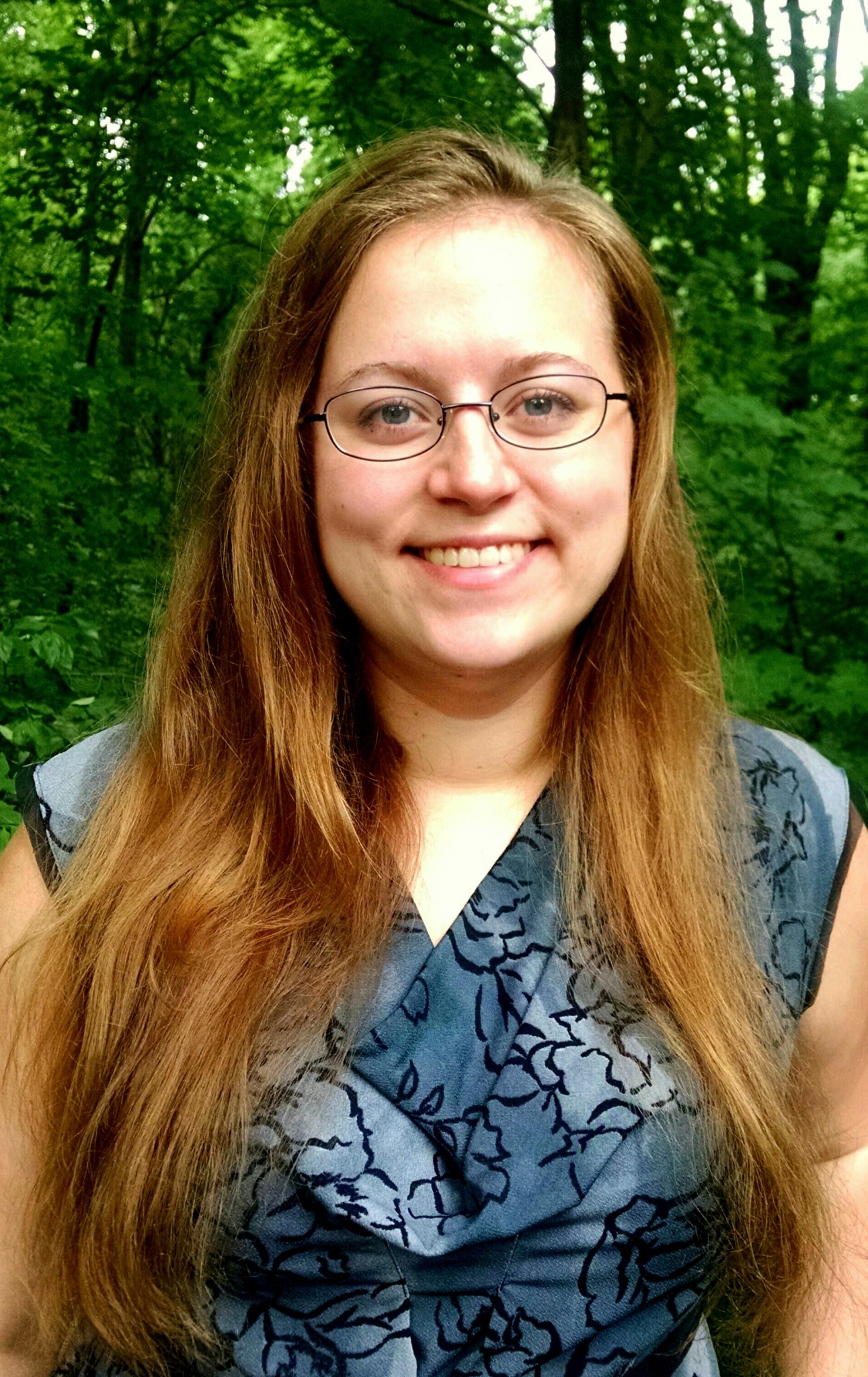Rebecca Foust
University Of Illinois, Urbana-Champaign
Design and construction of large space systems is often constrained by factors that have more to do with surviving launch than the intended mission. Satellites constructed in space would not experience these design constraints, allowing for lighter, more capable satellites. Start to finish construction in orbit is not yet possible, but I believe we can achieve something of the desired effect through recent advancements in satellite formation flying and autonomous rendezvous and docking.
Imagine each of the satellite structural components are themselves satellites. Once they are launched, they can rendezvous and assemble themselves into the desired satellite shape like intelligent tinker toys, which are comprised of a few different types of identical components. The assembled structures would have several advantages over a traditional satellite including: increased reliability due to redundancy, lower cost, and ability to reconfigure. Also only the individual components would have to survive launch loads, so the structure can be much lighter.
In contrast with prior work of designing and controlling a large number of identical satellites or a smaller number of heterogeneous functionalities, this NSTRF project aims to fill the gap of developing both conceptual design and guidance and control algorithms of autonomously constructing a large space structure out of a predefined set of heterogeneous component satellites. In particular, new algorithms and technologies are needed to combine reconfigurable formation flying with rendezvous and docking algorithms that can deal with a large number (100s-1000s) of a few heterogeneous types of satellites to form a desired three-dimensional shape in low Earth orbit.
The primary research hurdle is optimally assigning where the satellites should go. Current probabilistic swarm guidance algorithms assign a goal position based on a set of optimal transport problems, but cannot handle heterogeneous swarms like the one proposed. I propose to tackle this problem by adding constraints on which components can attach to other components, like connectors cannot attach to connectors. With the additional constraints, probabilistic swarm guidance may be able to assign positions. Once the positions are assigned, an optimal control algorithm will guide the satellites to prevent collisions and ensure minimal fuel consumption. After the components know where to go, they will need to dock together to form the desired rigid structure. Tether docks, which reel in the component trying to dock, are the first selection because they reduce the need for complex proximity operations. This reeling may cause undesirable motion in the constructed satellite so the interactions will need to be modelled thoroughly. As new components dock to the overall structure, the available control points increase and inertial properties of the satellite change, which changes the optimal control strategy. When the main mission is complete, an optimal reconfiguration scheme is needed to extend the mission lifetime.
To tackle these research objectives, I will simulate the construction of large-scale satellites from three different types of satellites: a rod, a connector, and a payload. With these components, satellites can be constructed for a variety of purposes at many scales and then reconfigured to suit evolving needs after the primary mission is satisfied. When it comes to testing the algorithms, the proposed research will benefit greatly from resources here at UIUC, such as the National Center for Supercomputing Applications (NCSA). Blue Waters at NCSA is the nation’s most powerful university-run supercomputer and is capable of up to 13 petaflops. With this amazing simulation resource and the swarm hardware testbed run by my advisor Dr. Soon-Jo Chung, I will be able to test and compare multiple guidance and control schemes for fuel and computational efficiency.





























